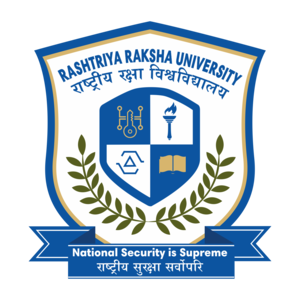The students of the Post Graduate Diploma in Security and Corporate Intelligence had the privilege of gaining insights into the security aspects of an industry during their visit to Renault Nissan Automotive India Pvt Ltd (RNAIPL), Oragadam, Chennai. Renault Nissan Automotive India Pvt Ltd (RNAIPL), the first dedicated Alliance plant globally, began operations in 2010. The plant spans over 600 acres in Chennai, Tamil Nadu, India, catering to both domestic and export market requirements for Renault and Nissan. Since its inception, more than 2.4 million Renault and Nissan vehicles have been manufactured at the plant and exported to 108 countries. Renault and Nissan have jointly invested $1.8 billion in the Indian economy and created direct and indirect employment and skilling opportunities for over 70,000 workers.
Mr. Balasubramani, Head of Security at RNAIPL, allowed us to understand the security aspects of the manufacturing industry. Right from the beginning of the visit, we observed the security measures implemented, such as issuing a Non-Disclosure Agreement (NDA) to visitors, which included details of the visit's purpose and other personal information. We were also required to present our identification. Visitor ID cards with green tags were issued to us, and we were guided to Mr. Balasubramani’s office. He briefly introduced himself, inquiring about our reasons for choosing the security field. He then elaborated on the three essential triangles in the security profession: the Fire Triangle, the Security Triangle, and the Crime Triangle. He also emphasized that a security professional should have essential HR, safety, and IT security knowledge. The industry covers approximately 640 acres with four gates, including inward and outward gates and gates designated for visitors, employees, and vehicle movement. We then visited the Fire Safety Department within the premises, where we were educated about different types of fires and the appropriate extinguishers used to combat them. We were shown a fire truck equipped with five types of extinguishers: foam extinguisher, water extinguisher, carbon dioxide extinguisher, dry chemical extinguisher, and a multi-purpose extinguisher. Further, we visited various gates, including the Finished Goods Out Gate and the test grounds. We also observed the surveillance systems, fire alarms, and the "No Man's Land," a restricted area near the forest boundary, emphasizing its security importance. Additionally, we were briefed on critical topics such as the Emergency Response Plan, Crisis Management Plan, and Disaster Management Plan, which highlighted the industry's preparedness for various critical situations.








.JPG)
.jpeg)

0 Comments